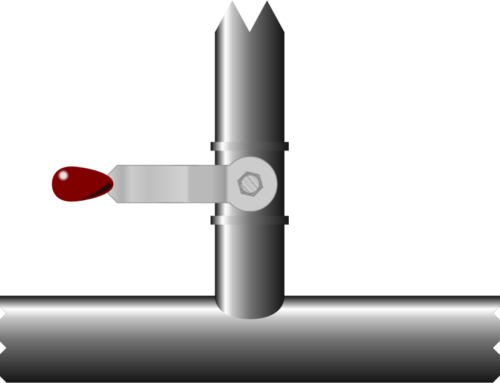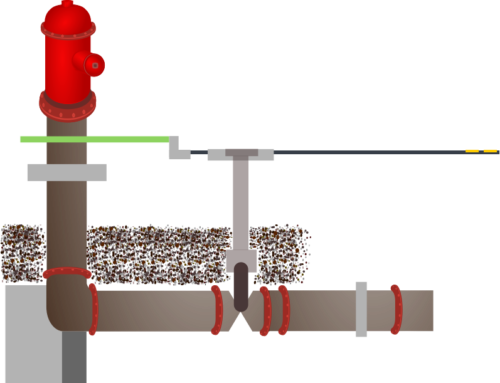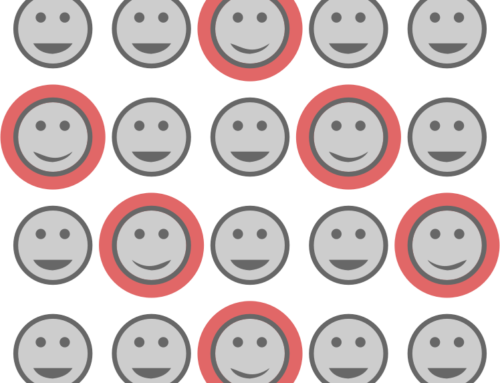Data Modelling User Interface Decisions
We model data because we want to be able to present it to people in a way that is useful. The way in which we present the data will make it more useful or less useful. If the modelling is bad, good presentation may be difficult or impossible. But even the best modelling can be degraded by poor presentation. How do we make our data modelling user interface decisions?
 Museums present data
Museums present data
During my lifetime, museums have gradually become much more empty places. The idea that people can be overwhelmed by too much information has caught on. When I was young, museums were crowded with exhibits. The explanatory text was so detailed that your eyes felt that they had completed a marathon before ever you left the museum! I remember whiling away many hours (between lectures) in the Victorian State Museum. In that overfilled museum, I learned a lot about the natural and man-modified world.
Modern museums have taken a different tack. Instead of being filled with crowded displays, the rooms are often stark, empty spaces where disembodied voices smoothly and quietly lead you through the minimalist experience they wish to present. Which end of the spectrum would you prefer? Which do you think is more effective in fulfilling the purpose of a museum? Has the purpose of a museum changed with time? How would you decide?
If you like, the underlying data is still there – most museums have vast numbers of objects available in storage vaults, but they only display a small percentage of them. It’s just that the trend in the last 50 years has been towards displaying less and less of the actual “data” and more and more of an expert’s interpretation of it – simplified so that it does not overwhelm a public believed to be uninterested or ignorant. Increased interactive presentation of related concepts has also led some museums to almost completely abandon the display of actual artefacts.
Making Data Modelling User Interface Decisions
These are the sorts of decisions required when presenting the data we have modelled. What is the most useful or effective way to present it? In the software world, there are often several tools available for performing the same operations. Those tools can have widely varying interfaces. Different people feel at home in different environments – just look at the widely differing ways in which we organise our homes! Users will often migrate to the tool which suits their personal preferences and sometimes tools have interfaces which can be customised based on the user’s level of expertise.
How do you determine the best way to present the data you model?




Leave A Comment